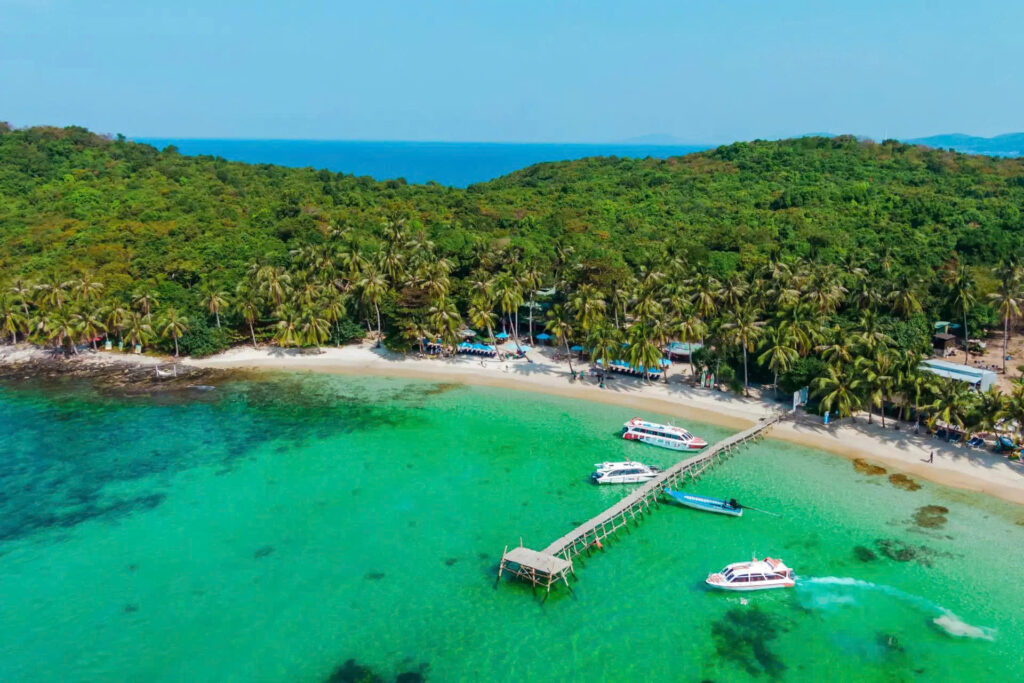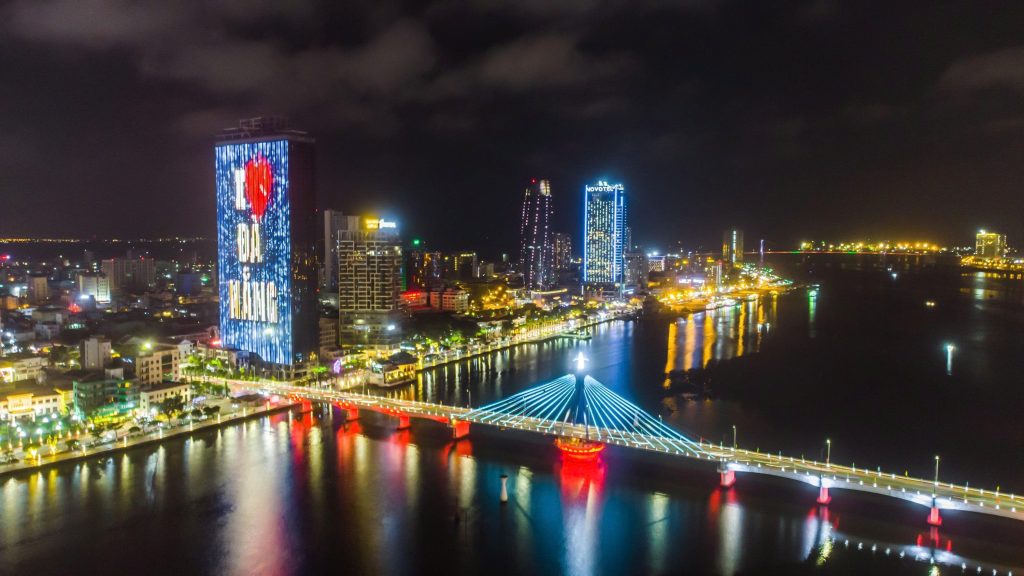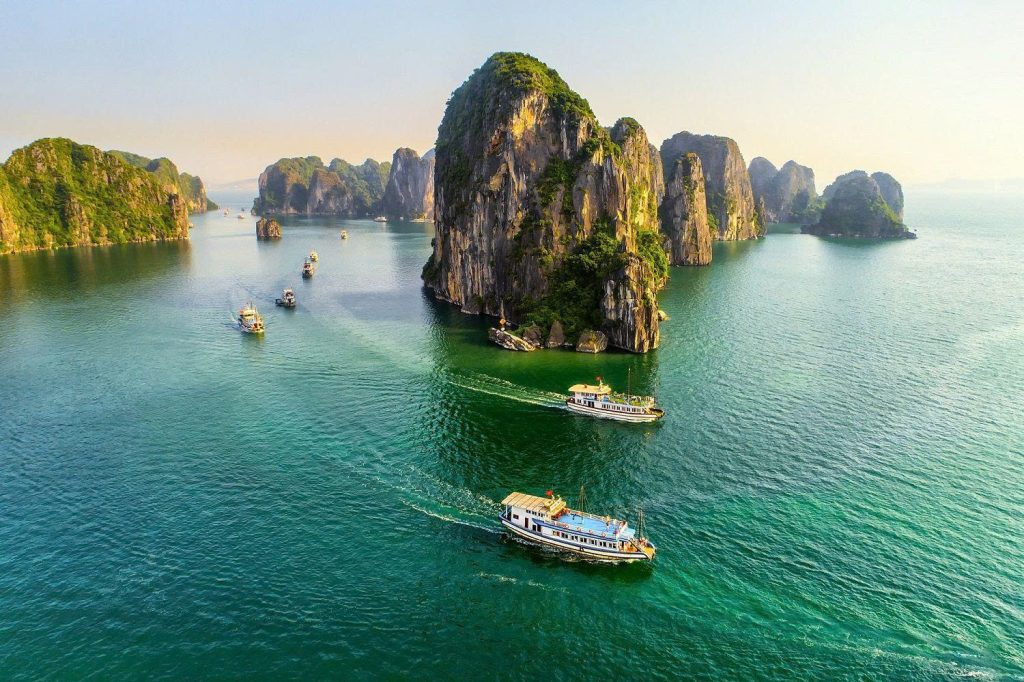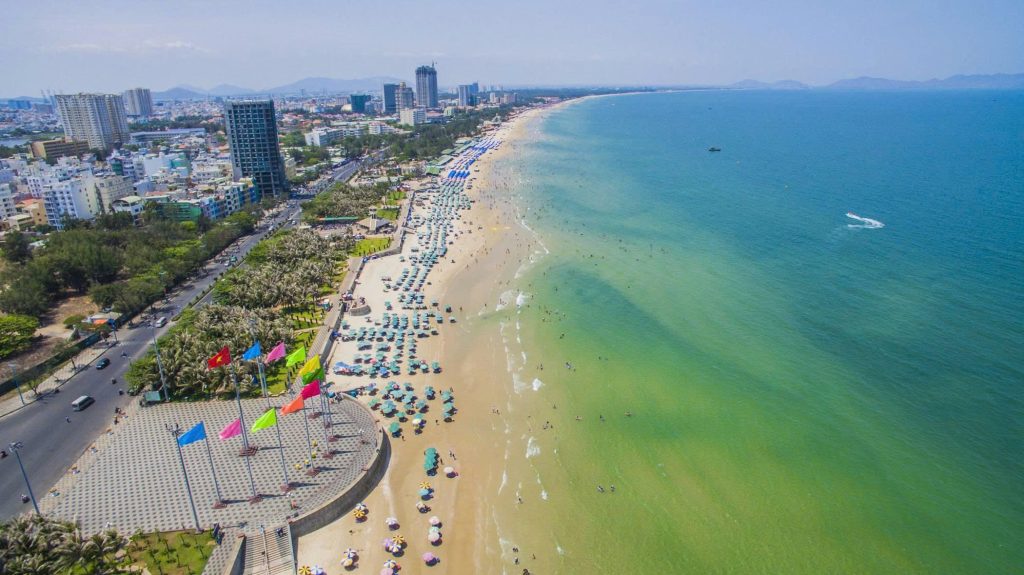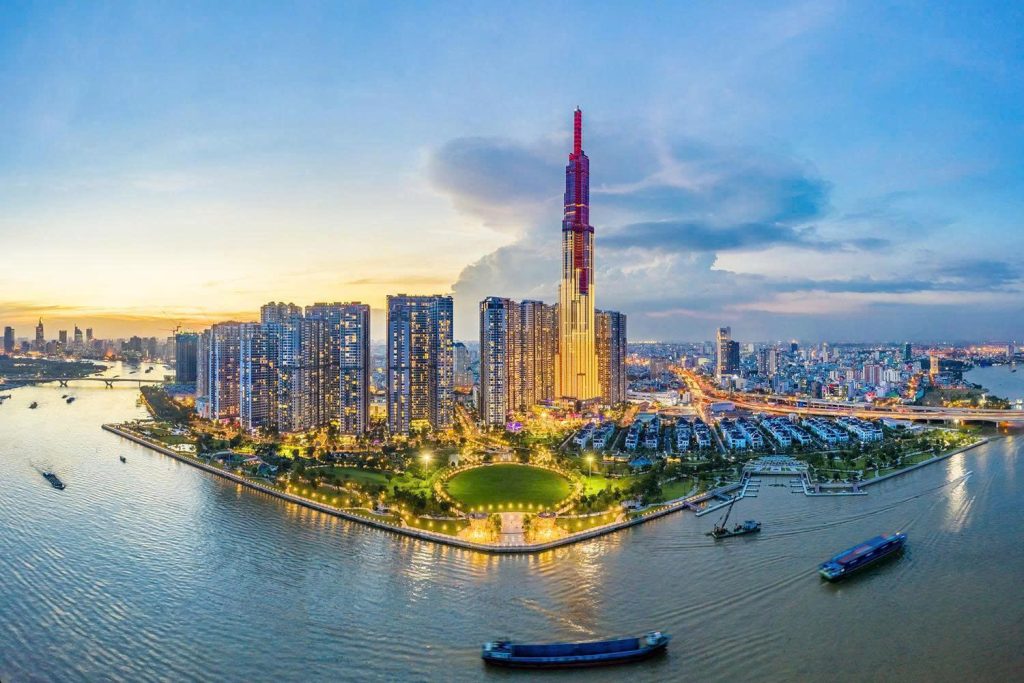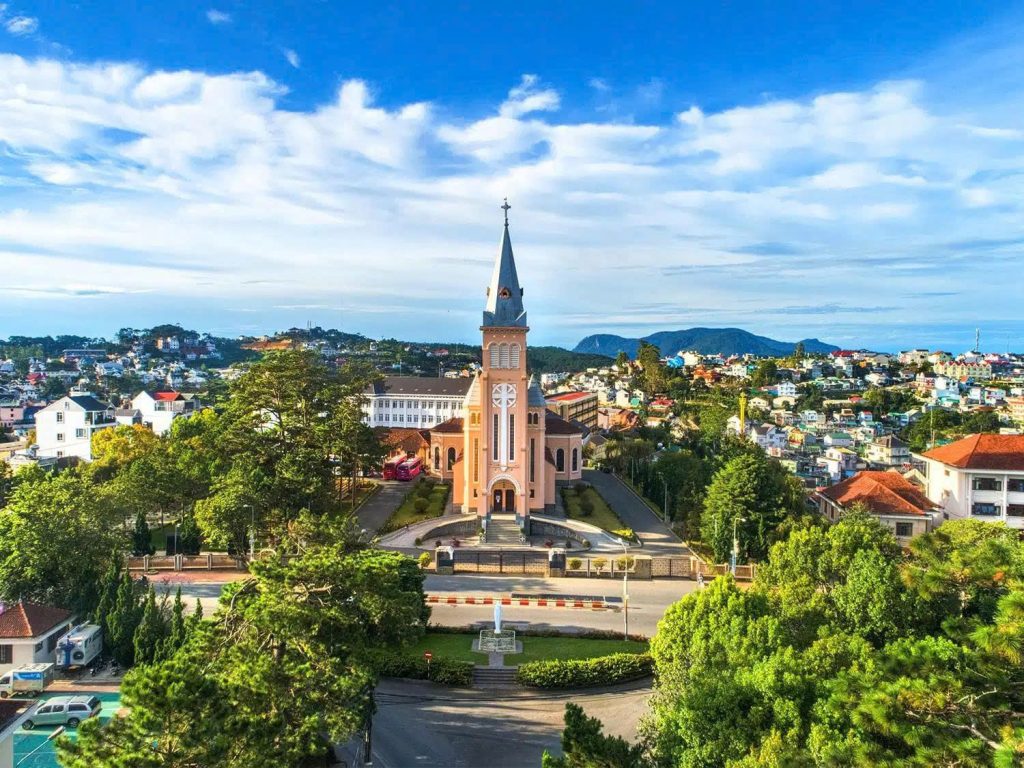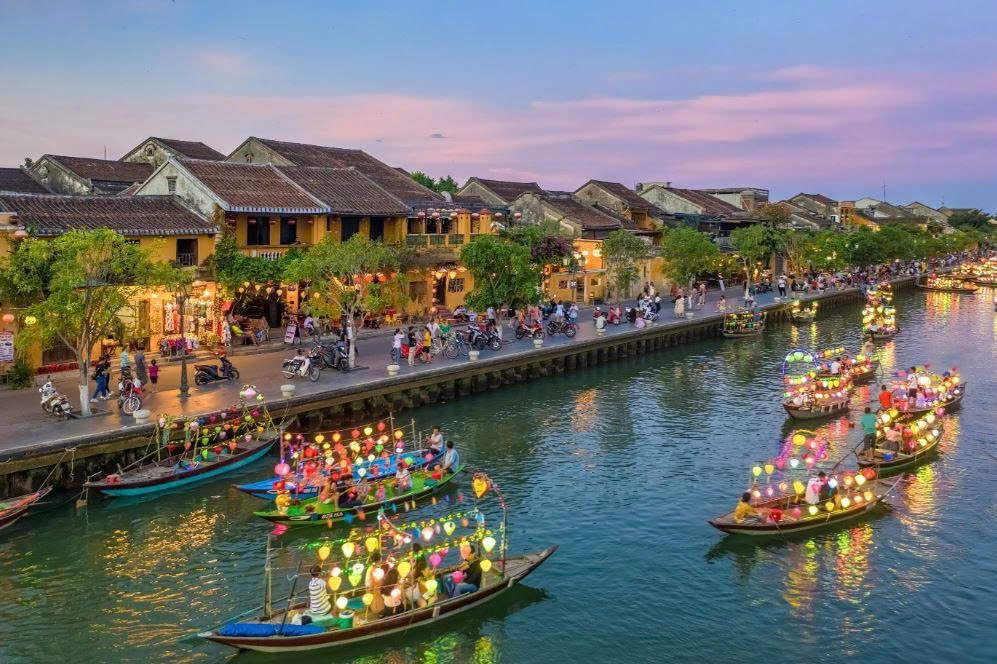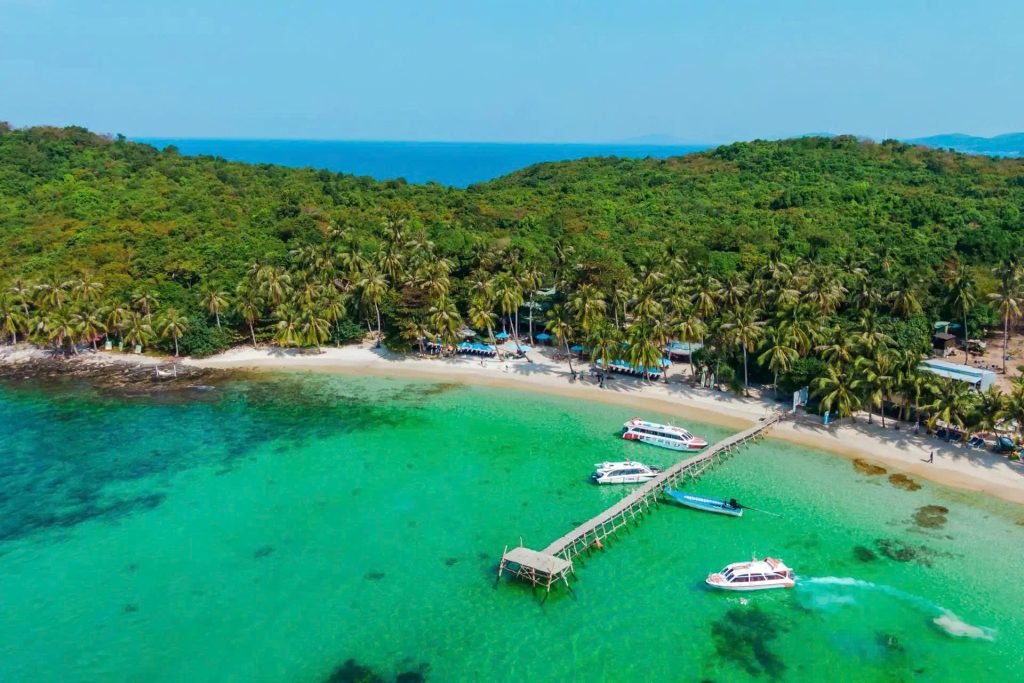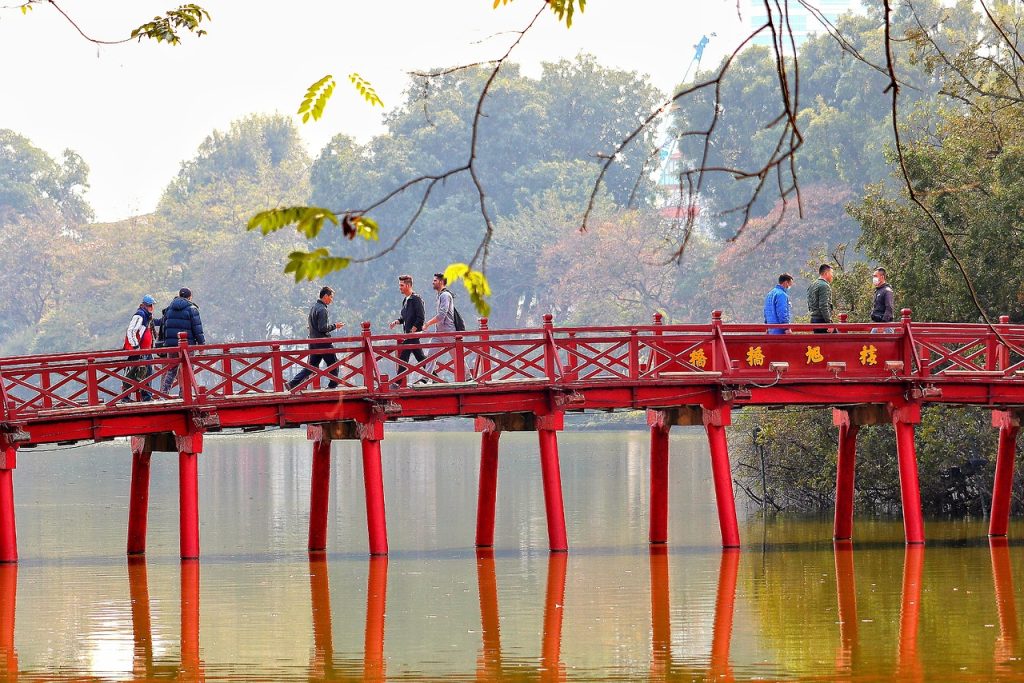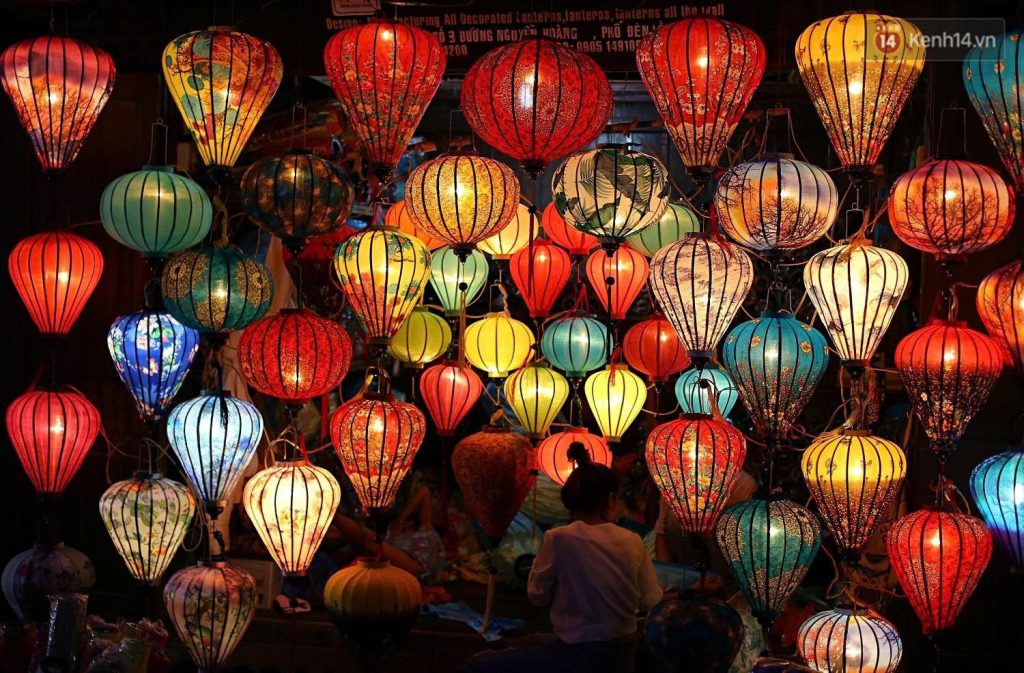Vietnam, with its 3,260 km coastline, boasts some of the most stunning beaches in Southeast Asia, from the vibrant shores of Nha Trang to the tranquil coves of Phu Quoc. But when is the absolute best time to visit these paradisiacal stretches of sand? The answer isn’t always straightforward due to Vietnam’s diverse climate, spanning three distinct weather zones.
This comprehensive guide, crafted by our experienced travel experts, will help you pinpoint the ideal months and regions for your perfect Vietnamese beach getaway, ensuring sunny skies and calm waters.
Vietnam’s Diverse Climate: North, Central, and South

Vietnam’s elongated S-shape means its weather can vary significantly from one region to another. What’s perfect for a beach holiday in the south might be rainy in the north.
- Northern Vietnam (Hanoi, Halong Bay, Sapa): Experiences four distinct seasons. Summers (May-October) are hot and humid with high rainfall. Winters, from November to April, typically bring cool, often misty weather and lower humidity. While Halong Bay offers stunning scenery year-round, beach weather is limited.
- Central Vietnam (Hue, Da Nang, Hoi An, Nha Trang): Has a transitional climate. The dry season generally runs from February to August, with peak sunshine from May to July. The rainy season typically occurs from September to January, often bringing typhoons between September and November.
- Southern Vietnam (Ho Chi Minh City, Mekong Delta, Phu Quoc, Mui Ne, Con Dao): Characterized by a tropical climate with two main seasons: a dry season (November-April) and a wet season (May-October). The dry season offers consistently warm, sunny weather, ideal for beach activities.
When’s the Best Time to Hit Vietnam’s Beaches? A Regional Breakdown
To maximize your beach time, understanding the regional nuances is key.
RELATED: Best Beaches in Vietnam for Couples
Ideal Time for Southern Vietnam Beaches: November to April
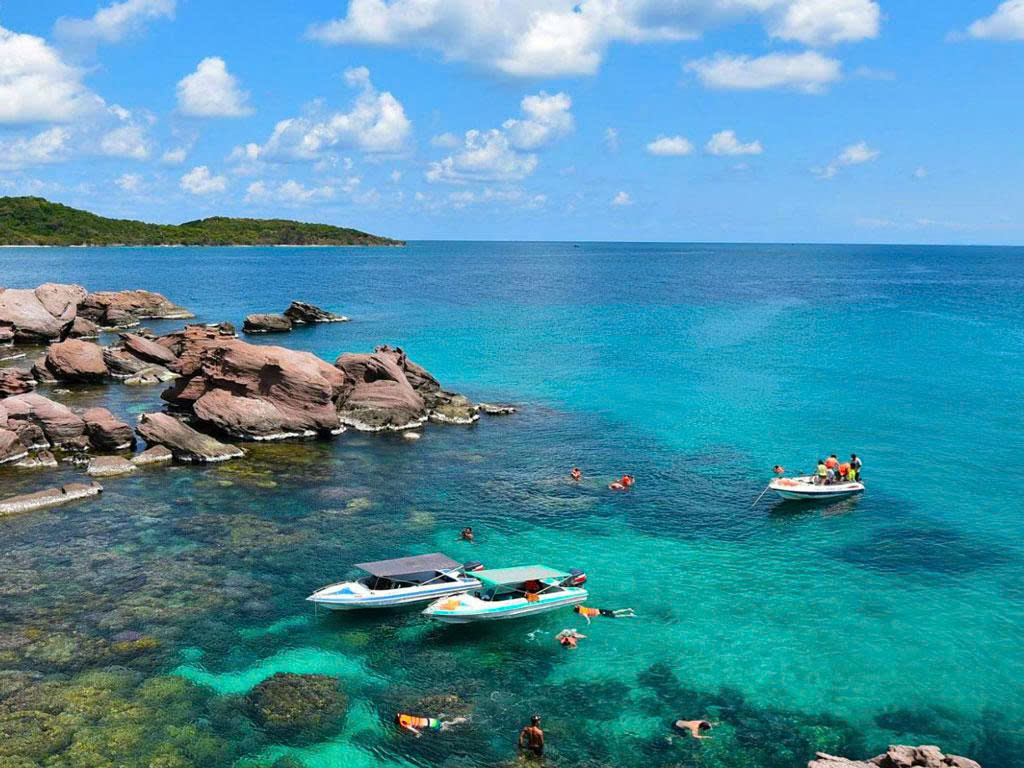
Phu Quoc, Con Dao, Mui Ne, Vung Tau, Ho Chi Minh City, Mekong Delta
- Why it’s best: This period marks the dry season in the South, offering abundant sunshine, low humidity, and warm temperatures (typically 25-35°C / 77-95°F).
- Best months: December, January, February, March, April. These months are consistently sunny and warm, making them peak beach season.
- Things to do: Enjoy pristine beaches like Long Beach in Phu Quoc, explore the untouched natural beauty of Con Dao, or indulge in watersports in Mui Ne.
When should you visit Central Vietnam Beaches: February to August

Da Nang, Hoi An, Nha Trang, Quy Nhon
- Why it’s best: The central coast enjoys its dry season during these months, with plenty of sunshine and comfortable temperatures (around 25-35°C / 77-95°F). The typhoon season typically falls outside this window.
- Best months: May, June, and July offer the hottest and sunniest weather, ideal for sunbathing and water activities. February, March, and April are also great months, offering somewhat milder temperatures.
- Things to do: Relax on Da Nang’s My Khe Beach, Nha Trang’s Beach, explore the ancient town of Hoi An with its nearby An Bang Beach, or enjoy the vibrant seaside atmosphere of Nha Trang.
Northern Vietnam Beaches: A More Limited Window
Halong Bay (Cat Ba Island, Tuan Chau), Do Son
- Why it’s best (for beaches): Unlike the South and Central regions, Northern Vietnam has a shorter beach season. The best time for beach-focused activities is during the summer months of June to August.
- Things to consider: While sunny, these months can be hot and humid, and there’s a higher chance of sudden downpours or even typhoons in August/September. Outside of this period, the weather can be too cool or misty for comfortable beach activities.
- Things to do: While Halong Bay is stunning year-round for cruising, for actual beach time on islands like Cat Ba or Tuan Chau, aim for mid-summer.
RELATED: Best Beaches in Vietnam for Couples
Vietnam Beach Calendar: Month-by-Month Guide

Here’s a quick overview of what to expect each month across Vietnam’s prime beach regions:
January – March:
- South: Excellent. Sunny, dry, warm.
- Central: Good, becoming warmer.
- North: Cool, often misty (not ideal for beaches).
April – May:
- South: Still excellent, getting hotter.
- Central: Excellent, sunny and warm.
- North: Warming up, good for cruising in Halong Bay.
June – August:
- South: Hot, high humidity, occasional afternoon showers. Still good for beaches early in the season.
- Central: Excellent, peak sunshine, hot.
- North: Warmest and sunniest for northern beaches, but also humid with rain risk.
September – November:
- South: Rainy season easing, still warm. Good at the end of the period.
- Central: Rainy season and typhoon risk, especially Sep-Nov.
- North: Cooler, drier, misty.
December:
- South: Excellent, dry season begins.
- Central: Cooling down, rainy season ending.
- North: Cold and dry.
Beyond the Weather: Other Factors to Consider
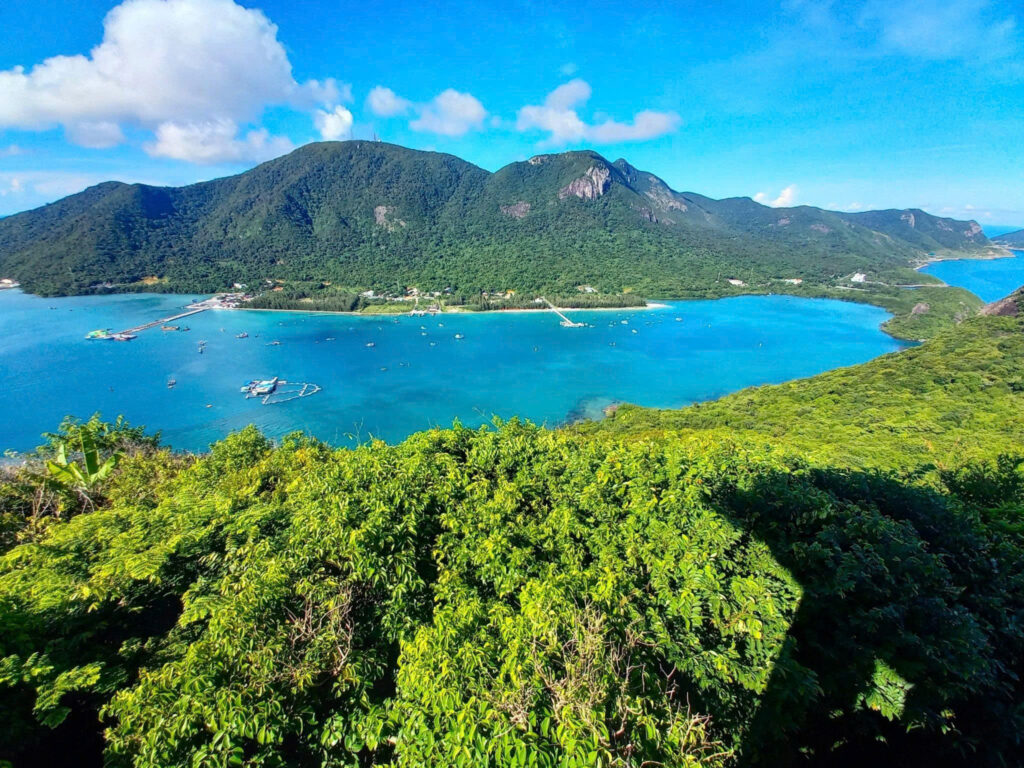
Crowds & Prices:
- Peak Season: Generally December to April (especially Christmas/New Year and Lunar New Year – Tet) sees the highest tourist numbers and prices. Central Vietnam’s peak is May-July.
- Shoulder Season: May-June (South and Central) and October-November (South) can offer a good balance of weather, fewer crowds, and better prices.
- Low Season: The rainy season (e.g., September-November in Central Vietnam, May-October in the South) generally means fewer tourists and lower prices, but with higher risk of rain and potential typhoons.
Activities: Consider what you want to do. Diving and snorkeling are best during calm, clear dry seasons. Surfing might be better in specific areas during certain windy periods.
Festivals: While not directly beach-related, major holidays like Tet (Lunar New Year, usually late Jan/Feb) can impact travel with crowded transport and limited services.
RELATED: Top Vietnamese Beaches for an Unforgettable Family Vacation
For the quintessential Vietnamese beach experience with guaranteed sunshine and ideal swimming conditions, the period from November to April is generally the safest bet for Southern Vietnam (Phu Quoc, Con Dao, Mui Ne). If your focus is on the beautiful Central Vietnamese coastline (Da Nang, Hoi An, Nha Trang), aim for February to August.
By aligning your travel dates with the regional dry seasons, you’re set for an unforgettable journey along Vietnam’s magnificent beaches. Always check the latest weather forecasts closer to your trip, as local conditions can change.

